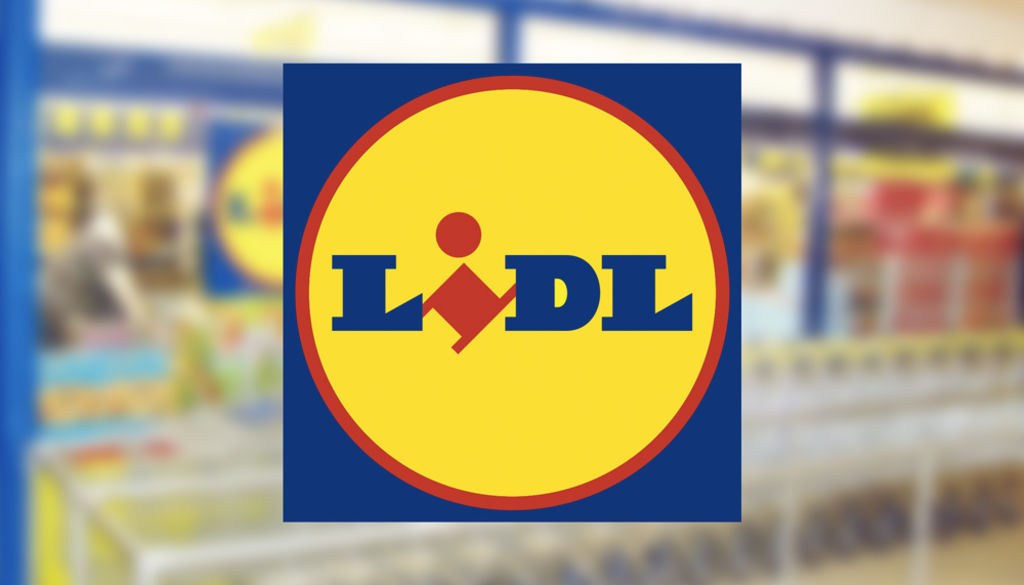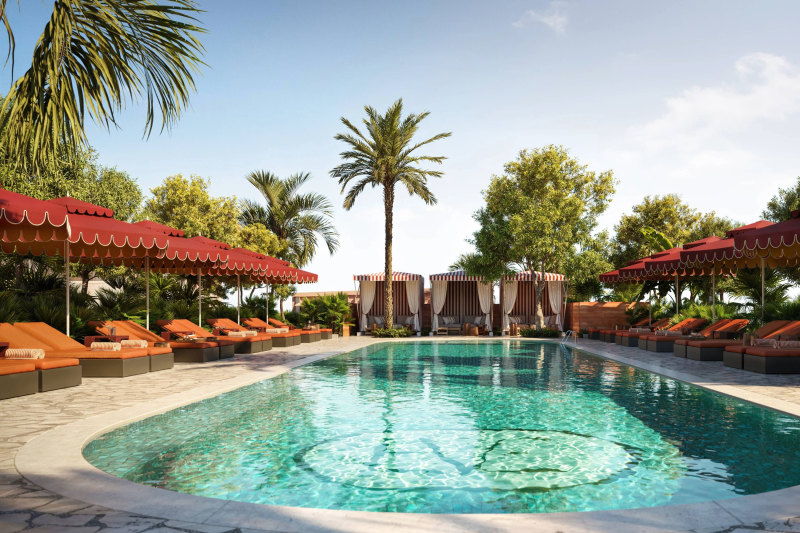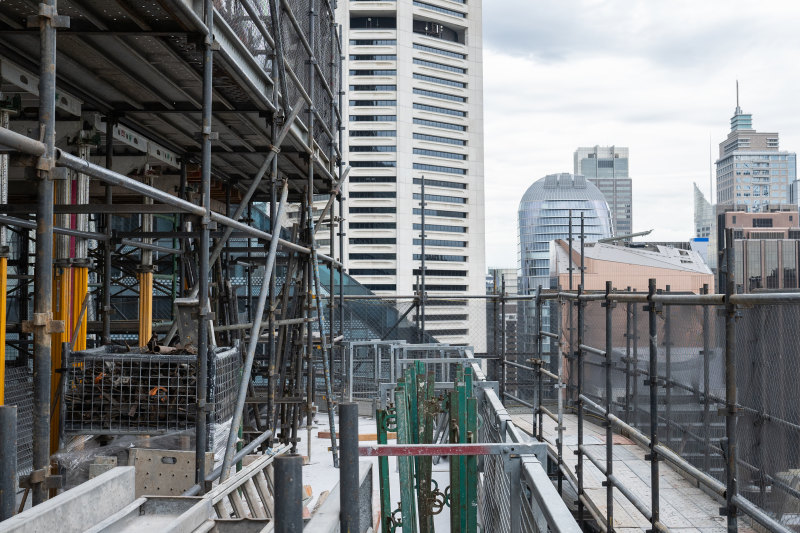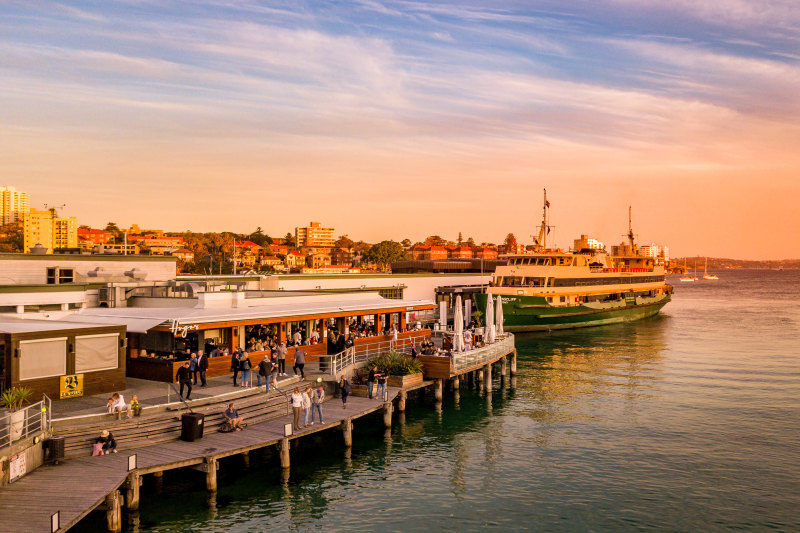
Trademark activity stirs speculation of Australian launch for German supermarket Lidl
Madeleine Heffernan
German discount supermarket Lidl is applying for trademarks covering hundreds of products, stirring speculation the retail giant is seriously looking into opening in Australia.
As well as holding talks with the Victorian government recently, as reported by Fairfax Media, Lidl is also believed to have reached out to suppliers.
While Lidl has applied for thousands of trademarks since the year 2000, around the time its German rival Aldi set up in Australia, in 2016 alone it has applied for dozens of trademarks. These include Sir Edward Tea, Oatilicious and Sweet Corner.
Last year, Lidl applied for dozens more trademarks including Lidl Phone, Lidl Connect and The Crafty Brewing Company.
 Is Lidl likely to come to Australia? File photo: Adam Berry
Is Lidl likely to come to Australia? File photo: Adam Berry
Russell Zimmerman, executive director of the Australian Retailers Association, said: “As an industry association, we would not be surprised if in due course Lidl made a foray into the Australian market.”
Lidl did not respond before deadline on whether it was planning to enter Australia, but in June said it had “no current plans” to launch.
And Paul Foley, the former Aldi veteran who helped Aldi set up in Australia, said Lidl was unlikely to set up here any time soon.
“I don’t think you can ever say never but it looks unlikely in the next five years,” said Mr Foley, who runs a Austrian-based retail consultancy.
“Lidl has got its hands full or its pockets empty. It is concentrating on new European markets and the huge investment it’s going to make in the US. And the further away that new market is from existing markets, the more expensive it is.
“Food is pretty much like language; it belongs to the land you are in. In packaging, in style, in taste profile, every country has its own requirements. All of that costs money.
“You’ve got to have hundreds of stores, and you’ve got to have a supply chain that you invest in so that it’s in good shape.”










